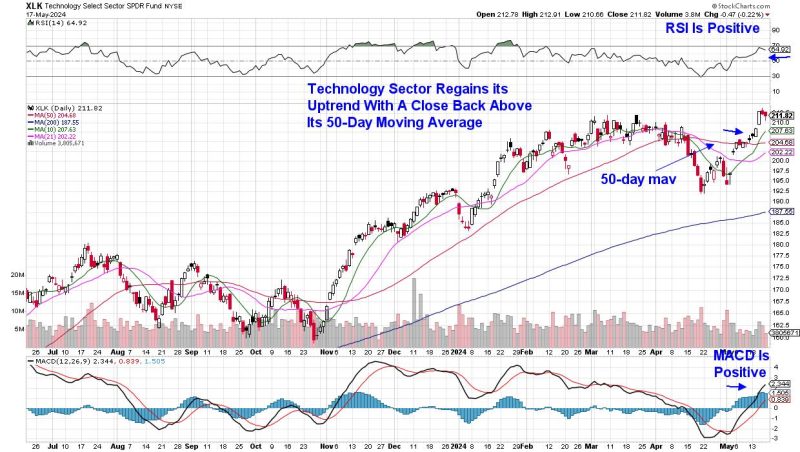Major Shifts Taking Place as Lower Rate Bets Increase
The global economic landscape is undergoing significant changes as lower rate bets continue to increase. The current trend towards lower interest rates is driven by various factors that are reshaping the financial markets and impacting investors and consumers alike. Let us delve into the major shifts taking place as lower rate bets gain momentum and explore the implications of this trend on different stakeholders.
1. Impact on Investors and Savers
Investors and savers are among the most affected by the prevailing low-rate environment. Lower interest rates translate into reduced returns on traditional savings accounts and fixed-income investments. This scenario prompts investors to seek higher-yield options, such as equities or alternative investments, in pursuit of better returns. However, increased market volatility and risk accompany such shift in investment preferences, challenging investors to adopt more diversified and robust strategies to navigate the uncertain landscape.
2. Implications for Central Banks and Policy Makers
Central banks play a pivotal role in setting and implementing monetary policies, including interest rates, to achieve economic stability and growth. With the prevalence of lower rate bets, central banks are increasingly resorting to unconventional monetary tools, such as quantitative easing and forward guidance, to stimulate the economy and combat deflationary pressures. As the effectiveness of traditional monetary policy measures wanes in the low-rate environment, policymakers face the challenge of striking a delicate balance between spurring economic activity and preventing excessive risk-taking in financial markets.
3. Challenges for Borrowers and Debtors
While low interest rates benefit borrowers by reducing borrowing costs, they may pose challenges for debtors grappling with existing debt burdens. Individuals and businesses that rely heavily on credit may find it harder to repay their debts in a low-rate scenario, especially if their income levels remain stagnant or decline. The growing reliance on debt financing also raises concerns about the sustainability of debt levels and the potential risks of a credit bubble forming in certain sectors of the economy.
4. Opportunities and Risks in the Market
The prevalence of lower rate bets presents both opportunities and risks for market participants. Investors with a keen eye for undervalued assets and opportunities for capital appreciation may find suitable avenues for investment in sectors that stand to benefit from the low-rate environment. However, the heightened competition for yield and the search for higher returns may also lead to asset bubbles, speculative behavior, and increased market volatility, posing risks to financial stability and economic resilience.
In conclusion, the increasing prevalence of lower rate bets is reshaping the global economic landscape and posing multifaceted challenges and opportunities for various stakeholders. As investors, policymakers, borrowers, and market participants navigate the uncertainties of the low-rate environment, the need for prudent risk management, strategic decision-making, and continuous adaptation to changing market conditions becomes ever more crucial. By closely monitoring the major shifts taking place and understanding the implications of lower rate bets, stakeholders can position themselves effectively to weather the challenges and capitalize on the opportunities presented by this evolving economic paradigm.

